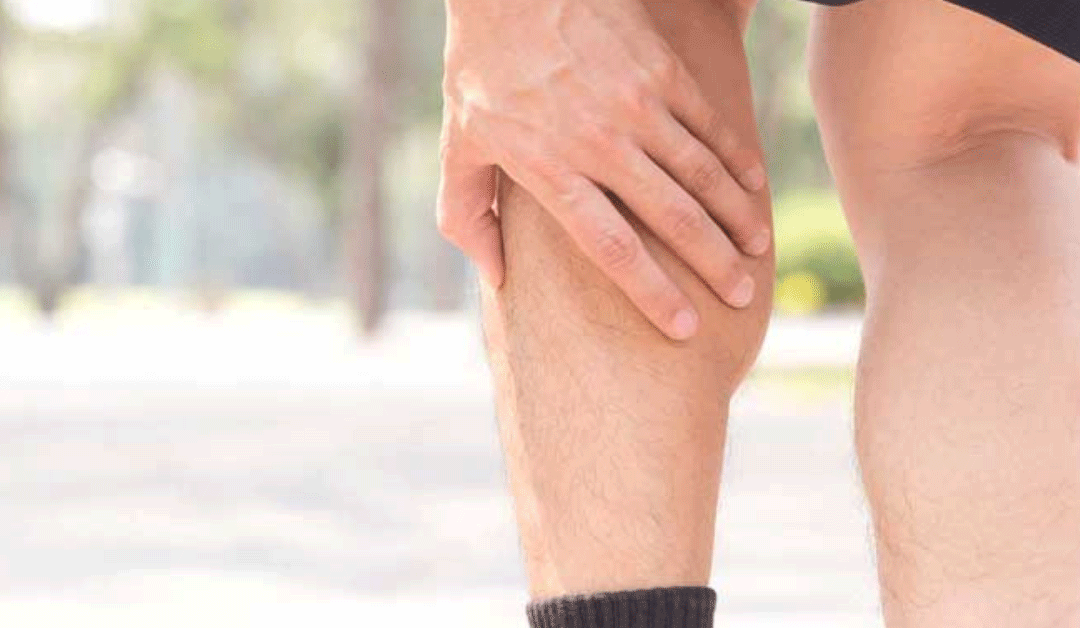What is a calf strain?
A calf strain, commonly called a ‘pulled’ muscle, is caused by overstretching or tearing of either of the 2 calf muscles – the soleus and the gastrocnemius.
Calf strains range from grade 1 to grade 3, majority are grade 2:
- Grade 1 (mild) – a small number of muscle fibres are torn resulting in some pain, but allowing full function
- Grade 2 (moderate) – a significant number of muscle fibres are torn with moderate loss of function
- Grade 3 (severe)– all muscle fibres are ruptured resulting in major loss of function
What are the symptoms of a calf strain?
A calf strain usually starts with sudden pain in the back of the lower leg. A pop, snap or tearing sensation may be felt. Occasionally, with a severe tear, it may feel like you have been shot in the back of the leg. Afterwards, the calf may swell and it will be difficult to rise up onto the toes. The calf will be painful and tender and will feel weak and stiff. Bruising usually occurs within a day or 2 of the injury.
Causes
Calf strain occurs during activities that involve pushing off on the toes, such as running or jumping, or sports that require explosive muscle contractions, such as tennis, squash or football.
Prevention
- Keeping calf muscles strong so they can absorb the energy of sudden physical stress
- Dynamic stretching of calf muscles before physical activity, i.e. calf rises.
- Practicing proper technique for exercise and sporting activities
- Undertaking fitness programs to develop strength, balance, coordination and flexibility
- Gradually increasing the intensity and duration of training
- Allowing adequate recovery time between workouts and or training sessions.
- Wearing correctly fitted footwear.
- Always checking the sporting environment for hazards.
- Drinking plenty of water before, during and after physical activity
Treatment
RICE Method:
- rest
- ice
- compression
- elevation
- Anti-inflammatory medicines may be used
After 48 hours, strengthening exercises should be started. Heel raises and calf stretches form the basis of these exercises and should be gradually progressed in number of repetitions and load before returning to sport.
In general, a person should have a full range of motion of the ankle and knee, a painless stretch of the calf, no tenderness of the muscle and full calf strength before returning to full activity.
Physiotherapy
As pain decreases, gentle exercise and stretching can usually begin in addition to treatment recommended by a medical professional. Rehabilitation should be conducted under the supervision of a professional due to the risk of injury recurrence. Recovery can often be a slow process.
Calf Raise Exercise

